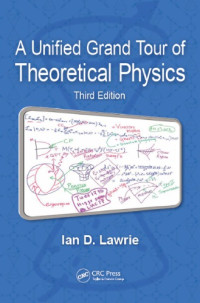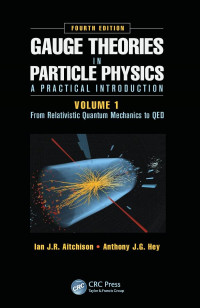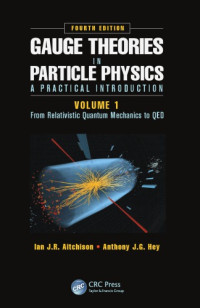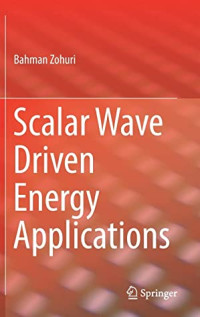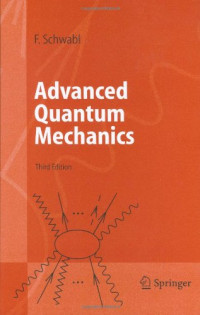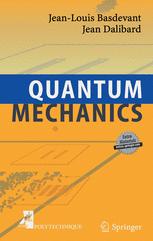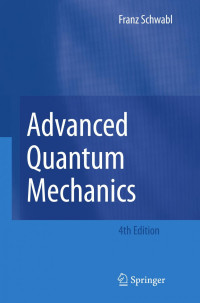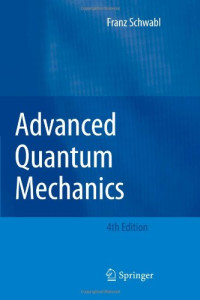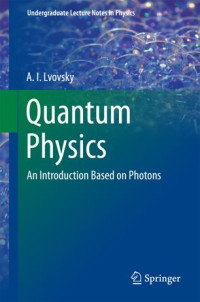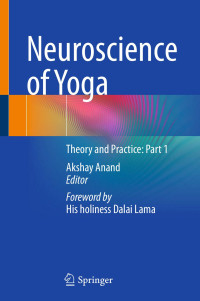
Fundamentals of Photon Physics
Ole Keller
The photon, an abstract concept belonging to a global vacuum, only manifests itself during interaction with matter. Fundamentals of Photon Physics describes the richly faceted, basic theory of photon-matter interaction, selecting a wide number of topics. Together with the author’s book Light - The Physics of the Photon (CRC, 2014), both written on a scholarly level, the reader is given a comprehensive exposition of photon wave mechanics, quantum optics and quantum electrodynamics (QED).
Divided into ten parts, the book begins by exploring the relation between photon wave mechanics and quantum field theory. It then describes the theories of zero- and one-photon states and that of bi-photons. After discussing conservation laws, Lagrangian formulations, geometric phase and topology, the author turns towards the theory of photon scattering, emphasizing a density matrix operator approach and the role of microscopic extinction theorems. The book next focuses on mesoscopic QED, devoting particular attention to collective jellium excitations and photon-spin interactions. Special attention is given to the basics of the photon-magnon interaction and nonlinear superconductor electrodynamics, including the nonlinear Meissner rectification phenomenon, before studying the theory of transverse photons tied to (dressing) massive particles.
The last three parts take the reader on a journey to topics usually not treated in books on photon-matter interaction. Beginning with photons in curved space-time structures and in spatially curved media, e.g. Möbius bands, the author discusses the extension of QED to the electro-weak interaction at an introductory level. Fundamentals of Photon Physics ends with the establishment of the set of isovector Maxwell equations in non-Abelian SO(3) gauge theory, leading to the celebrated hedgehog monopole model.
Ole Keller is professor emeritus of theoretical physics at Aalborg University, Denmark. He earned his Licentiate (∼ PhD) degree in
…
Divided into ten parts, the book begins by exploring the relation between photon wave mechanics and quantum field theory. It then describes the theories of zero- and one-photon states and that of bi-photons. After discussing conservation laws, Lagrangian formulations, geometric phase and topology, the author turns towards the theory of photon scattering, emphasizing a density matrix operator approach and the role of microscopic extinction theorems. The book next focuses on mesoscopic QED, devoting particular attention to collective jellium excitations and photon-spin interactions. Special attention is given to the basics of the photon-magnon interaction and nonlinear superconductor electrodynamics, including the nonlinear Meissner rectification phenomenon, before studying the theory of transverse photons tied to (dressing) massive particles.
The last three parts take the reader on a journey to topics usually not treated in books on photon-matter interaction. Beginning with photons in curved space-time structures and in spatially curved media, e.g. Möbius bands, the author discusses the extension of QED to the electro-weak interaction at an introductory level. Fundamentals of Photon Physics ends with the establishment of the set of isovector Maxwell equations in non-Abelian SO(3) gauge theory, leading to the celebrated hedgehog monopole model.
Ole Keller is professor emeritus of theoretical physics at Aalborg University, Denmark. He earned his Licentiate (∼ PhD) degree in
…
Categories:
Year:
2024
Publisher:
CRC Press
Language:
english
Pages:
560
ISBN 10:
1003029450
ISBN 13:
9781003029458
File:
PDF, 14.33 MB
IPFS:
,
english, 2024
 Amazon
Amazon  Barnes & Noble
Barnes & Noble  Bookshop.org
Bookshop.org  File converter
File converter More search results
More search results More benefits
More benefits 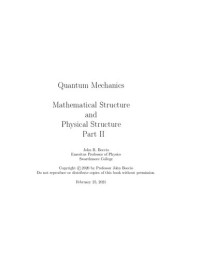
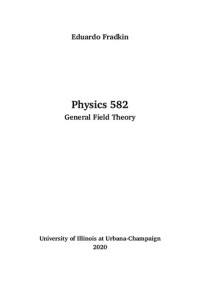
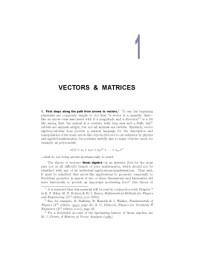
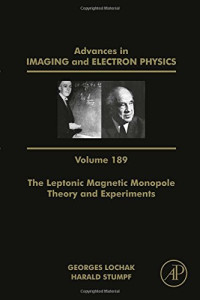
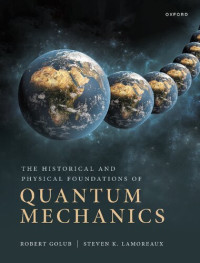
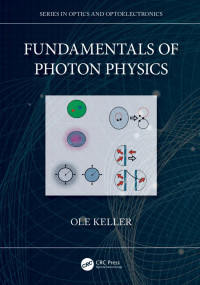
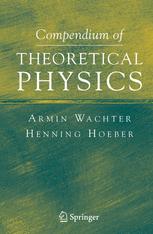
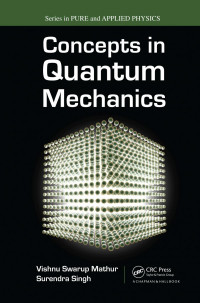
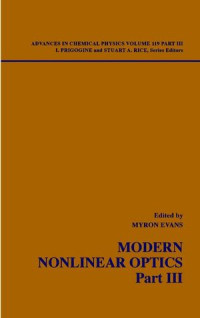
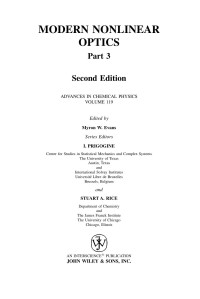
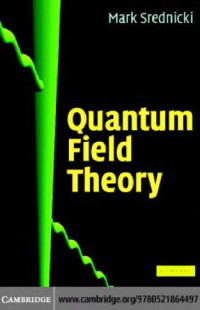

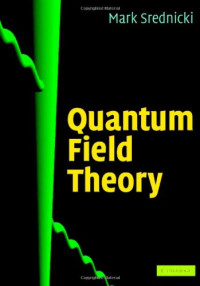
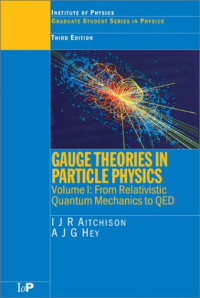
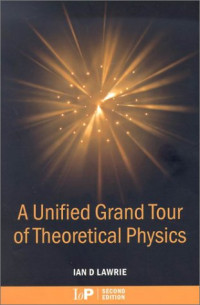

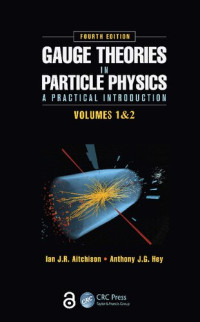
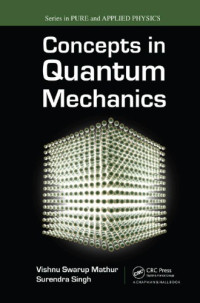

![Ian D. Lawrie [Lawrie, Ian D.] — A Unified Grand Tour of Theoretical Physics (2nd Ed.)](https://s3proxy.cdn-zlib.se/covers200/collections/userbooks/29a21db41a89d3ee0567b430a215cf155be0574687fb03de46c2f97552344db4.jpg)
